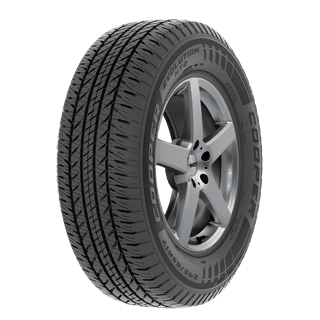Tire Service: Comprehending Tire Pressure Surveillance Equipments
Recognizing Tire Stress Surveillance Systems (TPMS) is an essential aspect of maintaining optimum car efficiency and safety on the road. With innovations in vehicle technology, TPMS has actually become a conventional attribute in modern-day vehicles, providing real-time info on tire pressure levels.

Importance of TPMS
The relevance of Tire Pressure Monitoring Solutions (TPMS) depends on their capability to improve car security and performance through real-time tracking of tire pressure degrees. Maintaining the right tire stress is vital for making sure optimal handling, stopping, and overall safety and security of a car. TPMS offers motorists with instant feedback on any underinflated or overinflated tires, enabling timely adjustments to be made.
Elements of TPMS
Sensing units are generally situated in the tire shutoff stem or connected to the wheel assembly, where they measure tire stress and send data to the control module. Some progressed TPMS versions additionally display the actual tire pressure readings for each tire, offering chauffeurs with real-time information to make certain optimum tire performance and safety. By checking tire stress continually, TPMS assists protect against crashes, lowers tire wear, and improves fuel performance, making it a critical component for lorry safety and performance. discount tires morris il.
Sorts Of TPMS

On the various other hand, indirect TPMS relies on the vehicle's wheel speed sensors to monitor tire pressure. This system discovers underinflation by comparing the rotational rates of the wheels. Indirect TPMS is less costly than direct TPMS, as it uses existing sensing units within the automobile.
While straight TPMS uses more accurate readings, indirect TPMS is easier in style and usually needs less maintenance. Both systems have their advantages and constraints, and the selection in between them usually relies on elements such as cost, vehicle make, and individual choice. Recognizing the differences in between these 2 sorts of TPMS can help car owners make informed choices relating to tire upkeep and security.
TPMS Upkeep Tips
Effective maintenance of TPMS is crucial for ensuring ideal efficiency and safety of your automobile. Frequently evaluating the TPMS sensors for any damages or rust is important. Make sure that the sensors are tidy and totally free from particles that could hinder their functioning. Furthermore, it is visit homepage a good idea to inspect the sensor batteries periodically and replace them as needed to guarantee exact analyses. Conduct routine checks on the tire stress levels and contrast them with the TPMS analyses to ensure they correspond. Alter the system complying with the maker's standards if there are any type of inconsistencies. During tire turning or substitute, make sure that the TPMS parts are managed thoroughly to stop any possible damages. If the TPMS cautioning light illuminates on the control panel, resolve the problem quickly by examining the tire stress and the general system for any kind of faults. By sticking to these upkeep ideas, you can extend the lifespan of your TPMS and improve the security of your driving experience.
Benefits of Appropriate Tire Pressure
Maintaining proper tire stress, as stressed in TPMS Maintenance Tips, is crucial for enjoying the numerous advantages connected with optimum tire pressure degrees. One of the primary advantages of preserving the proper tire pressure is boosted gas efficiency. When tires are effectively inflated, there is much less rolling resistance, bring about better gas economic climate. Additionally, proper tire stress ensures even tire wear, expanding the life expectancy of the tires and promoting much safer driving problems. With the best tire stress, automobiles also have much better handling and traction, particularly in unfavorable weather. This can boost general driving performance and safety and security for the driver and guests. Moreover, maintaining optimum tire pressure can add to a smoother and extra comfy ride by decreasing vibrations and sound browse this site triggered by underinflated tires. In final thought, the benefits of correct tire pressure exceed just tire long life; they include enhanced gas effectiveness, boosted safety, much better lorry efficiency, and total driving comfort.
Verdict
To conclude, comprehending tire pressure monitoring systems (TPMS) is important for maintaining optimum tire stress and making certain vehicle security. By identifying the value of TPMS, being acquainted with its components, understanding the different types available, adhering to correct upkeep pointers, and understanding the benefits of preserving correct tire pressure, drivers can boost their driving experience and lengthen the life expectancy of their tires. Appropriate tire pressure is crucial to risk-free and reliable vehicle procedure.
